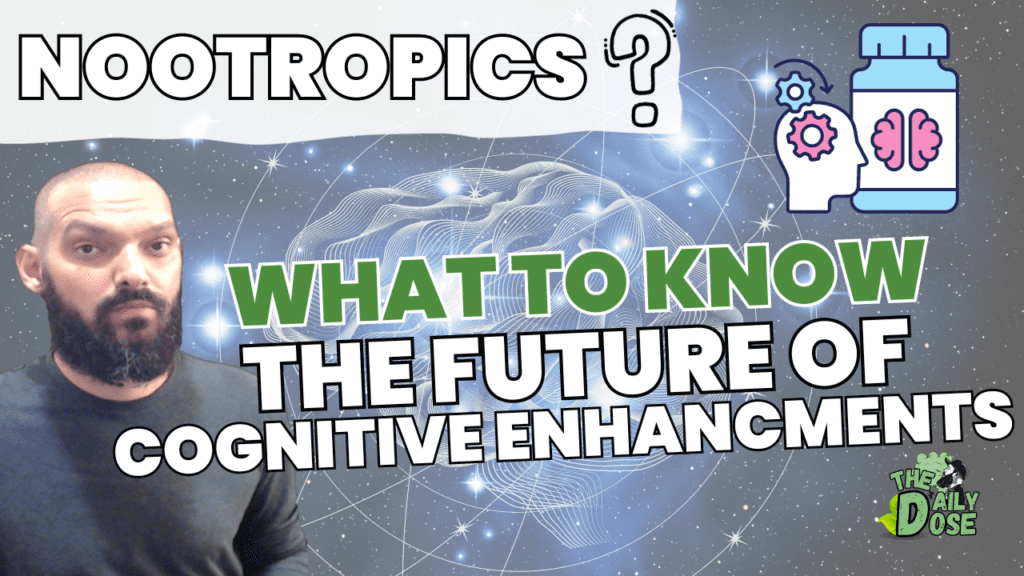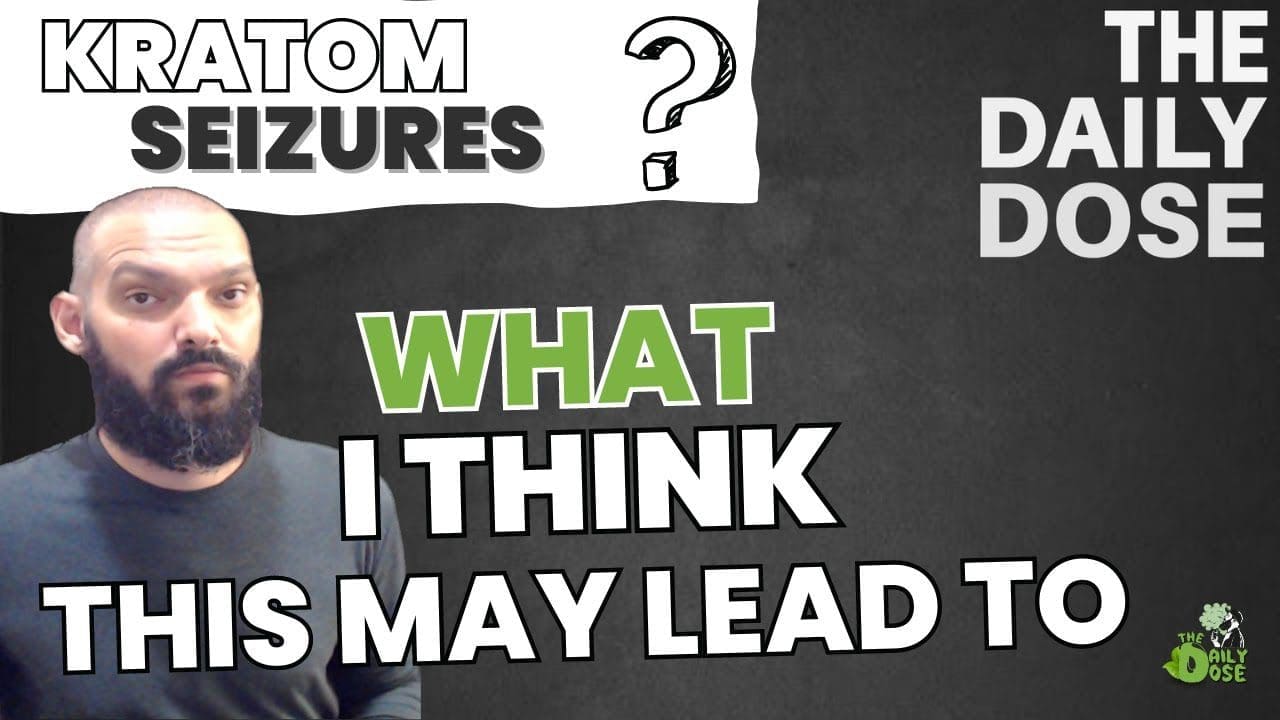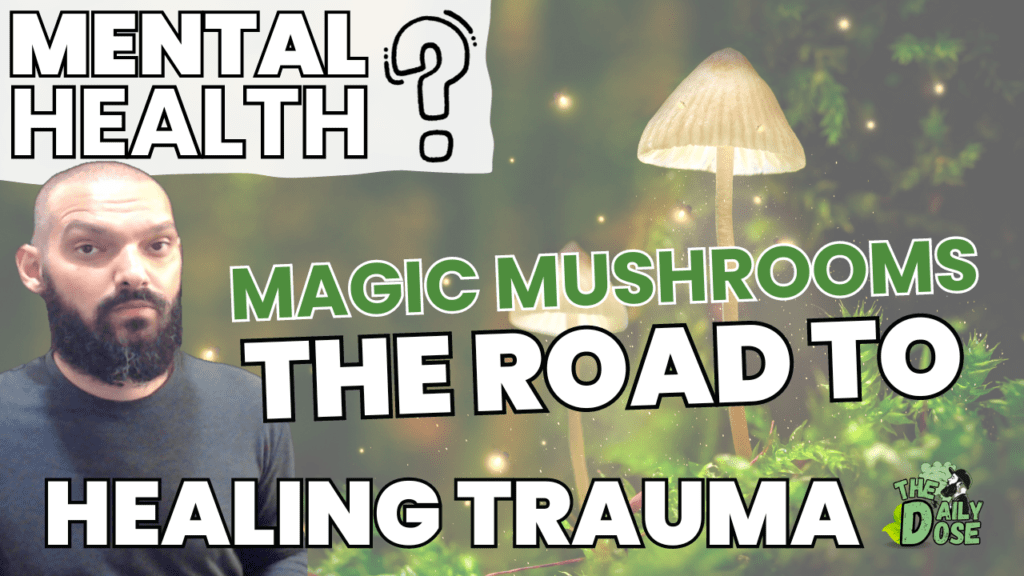If you want to listen to the full episode check it out here: The Daily Dose Podcast Audio
Nootropics 101 What They Do
In My Own Words
Welcome back every one today we have plenty happening in cannabis and some positive developments with kratom plus we’ll dive into the growing popularity of nootropics. As I go through rapid fire news there wasn’t anything that stood out as very important. Most notable I suppose was the truck chase with cannabis falling out of the back here in California last night some time.
Crazy to think that stuff like that is happening wouldn’t you agree in a split second Congress can legalize it and make it safer under the law but there still illegal grows and the black market to contend with even after some thing like that happened. One of the headlines spoke of reaching a conclusion on legalization but I’ve seen articles saying that for months so it’s hard to tell when or what it’ll look like.
Funny enough we are all super excited about the prospect of legalization but I came across another piece talking about 4 cities in Colorado refusing to allow cannabis businesses into their community. Could it be the crime currently associated with it as I described above which happened last night here in California, I honestly don’t know.
Now on to the main point of today’s episode I’ve seen a growing interest in nootropics over the last 2 years, I’ve carried nootropics for years and few knew about it, but it’s adoption and acceptance is an interesting insight as I continue to observe the space inside out.
I’ll talk a little about what it is, whether it’s safe and what the internet has to say about it including the NIH (National Institute for Health)
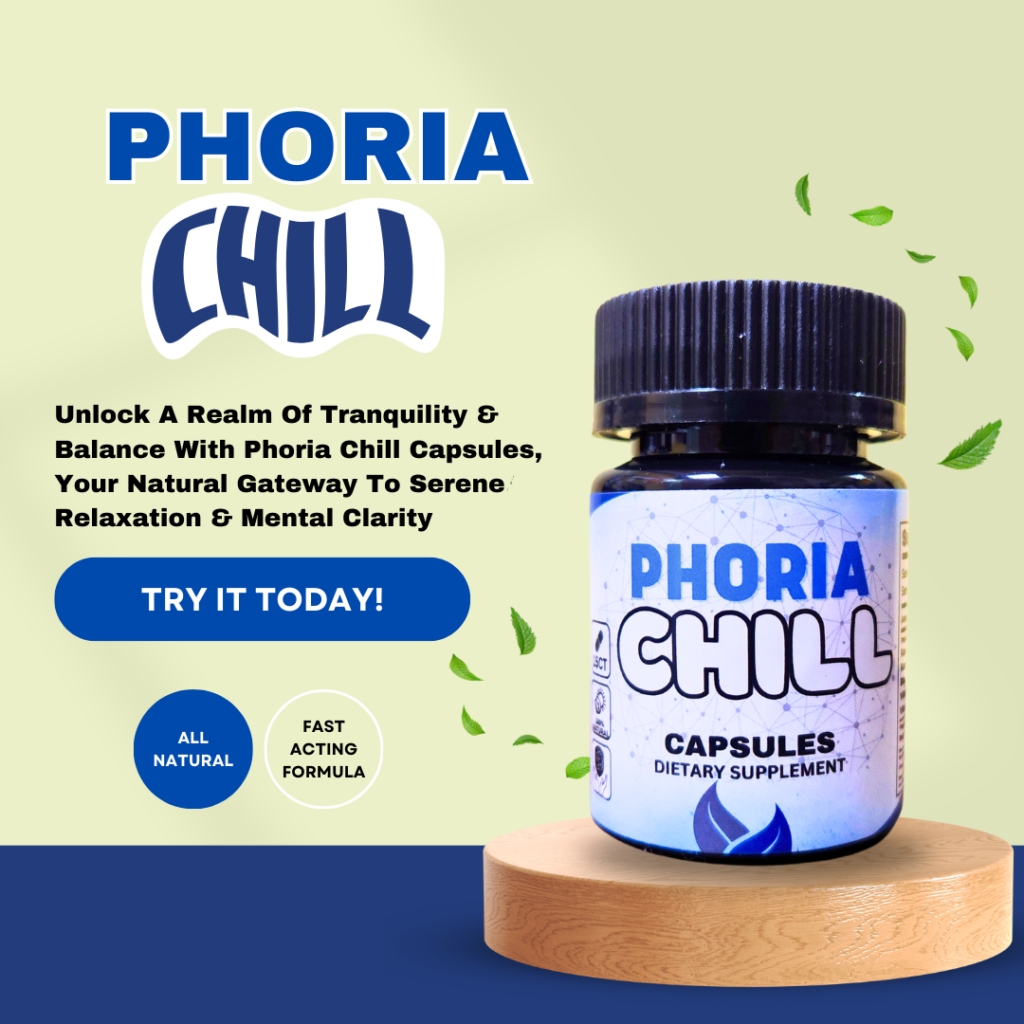
Introduction
In an era driven by the pursuit of optimal mental performance, the use of nootropics has gained prominence as individuals seek ways to enhance cognitive function. This article delves into the world of nootropics, exploring what they are, how they work, and essential considerations for those venturing into cognitive enhancement.
Understanding Nootropics
Nootropics, often referred to as “smart drugs” or “cognitive enhancers,” encompass a diverse range of substances known for their potential to improve cognitive functions. Tracing their historical roots and understanding the evolving definition of nootropics provides insight into their increasing popularity.
How Nootropics Work
The mechanisms of action behind nootropics vary, with substances influencing neurotransmitters, blood flow, or brain wave patterns. Categorizing nootropics based on their specific functions sheds light on the diverse ways in which these compounds enhance cognitive performance.
Nootropics, known for their cognitive-enhancing properties, serve diverse functions based on their specific applications. Primarily, these substances aim to boost cognitive functions, such as memory, focus, and mental clarity, enabling individuals to perform optimally in academic, professional, or creative pursuits. Nootropics are also employed to address conditions like cognitive decline, providing support for individuals experiencing age-related cognitive challenges.
Beyond cognitive benefits, some nootropics are utilized for promoting wakefulness and alertness, proving particularly valuable for those with demanding work schedules or irregular sleep patterns. Furthermore, certain nootropics demonstrate potential in alleviating symptoms of anxiety and depression, reflecting their broader impact on mental well-being. In essence, the different functions of nootropics underscore their versatility in catering to a spectrum of cognitive needs, contributing to their growing popularity in various domains of life.
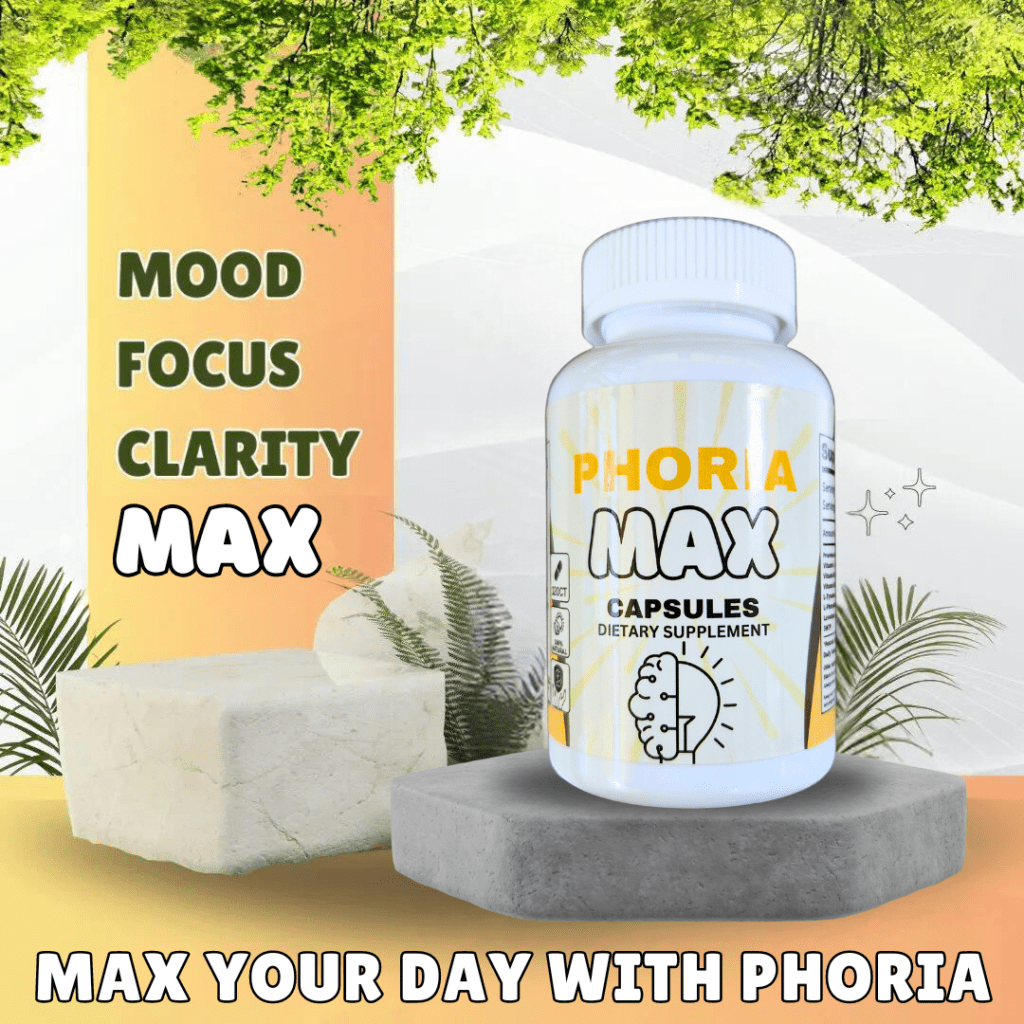
Popular Nootropic Compounds
Exploring well-known nootropic substances, such as racetams, modafinil, and natural compounds like bacopa monnieri, unveils the scientific basis for their cognitive benefits. Understanding the chemistry behind these compounds is crucial for informed decision-making.
The cognitive benefits attributed to some of these compounds are rooted in their distinct yet interconnected mechanisms, offering a glimpse into the intricate world of nootropic chemistry. Racetams, a class of synthetic compounds, actively engage with neurotransmitter receptors, particularly acetylcholine, fostering improved synaptic communication and cognitive function.
Modafinil, a wakefulness-promoting agent, operates on the dopamine system, enhancing alertness and cognitive performance. In contrast, natural compounds like bacopa monnieri contain active ingredients that influence neurotransmitters, reduce oxidative stress, and enhance cerebral blood flow, collectively contributing to cognitive enhancement. Understanding the nuanced chemistry behind these nootropics reveals their scientific basis, providing valuable insights for individuals seeking cognitive benefits through different mechanisms of action.
Benefits and Risks of Nootropic Use
While nootropics offer potential cognitive benefits, it’s essential to examine the positive effects on memory, concentration, and overall brain function. Simultaneously, addressing potential risks, side effects, and long-term considerations ensures a balanced perspective on their use.
Embracing nootropic use on a daily basis entails a spectrum of benefits and risks that demand thoughtful consideration. On the positive side, regular nootropic consumption is associated with improved cognitive functions, heightened focus, and enhanced memory retention, offering users a potential edge in their daily activities. However, the flip side reveals risks, including the potential for dependence and side effects, such as headaches, insomnia, or digestive issues.
Striking a delicate balance between reaping the cognitive advantages and mitigating potential drawbacks requires vigilant self-monitoring and adherence to recommended dosages. This dynamic interplay between benefits and risks underscores the importance of informed decision-making for individuals incorporating nootropics into their daily routines.
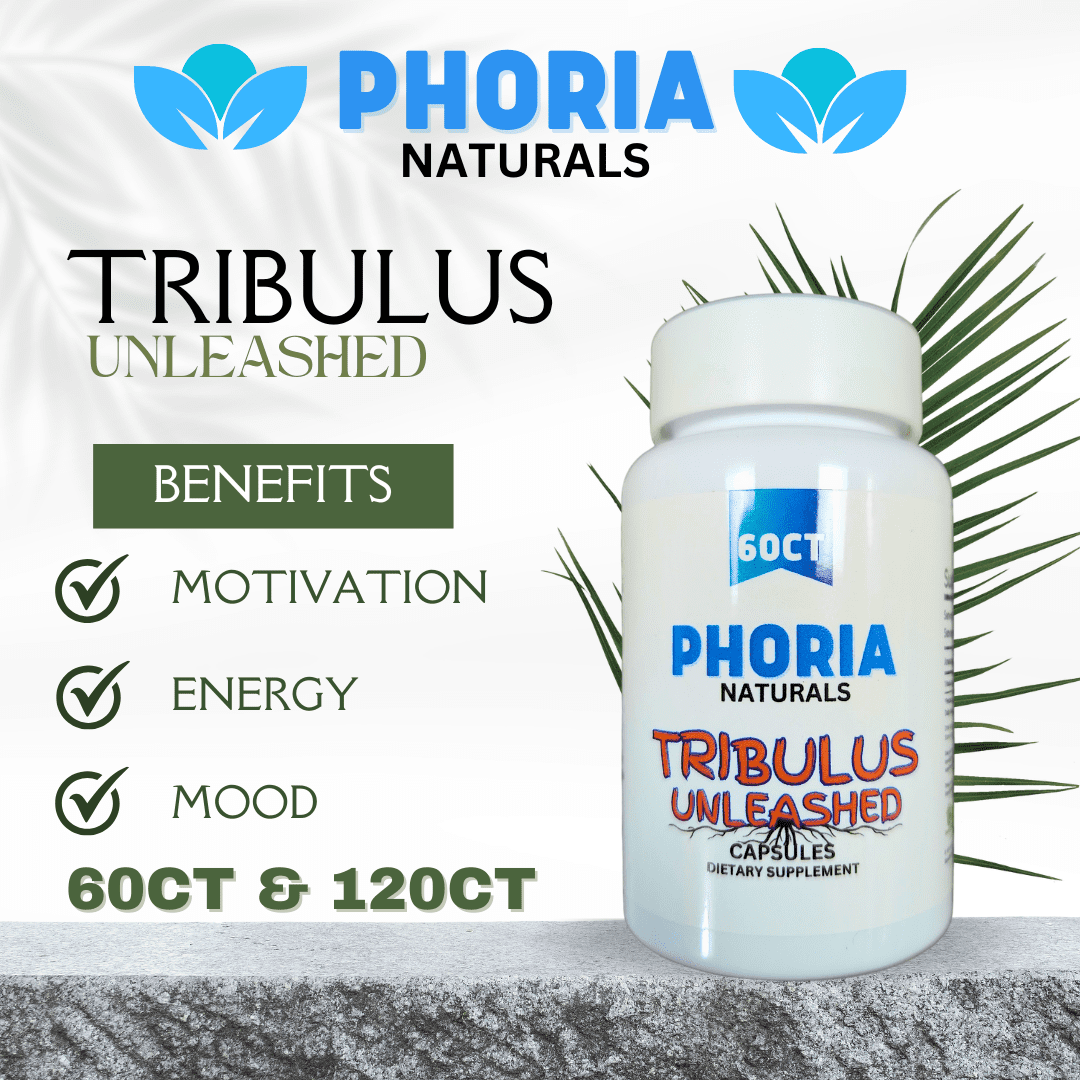
Choosing the Right Nootropic
Selecting the right nootropic involves considering factors like individual needs, desired cognitive enhancements, and possible interactions with other medications. Determining the optimal dosage for each person is a crucial aspect of responsible nootropic use.
Nootropics and Brain Health
Exploring the potential impact of nootropics on overall brain health provides insights into their role in preventing age-related cognitive decline. Understanding the long-term implications of nootropic use is vital for those seeking sustained cognitive benefits.
Legal and Ethical Considerations
Navigating the regulatory landscape surrounding nootropics and addressing ethical considerations associated with cognitive enhancement raise critical questions. Analyzing the legality and potential societal implications of their use is essential for responsible nootropic exploration.
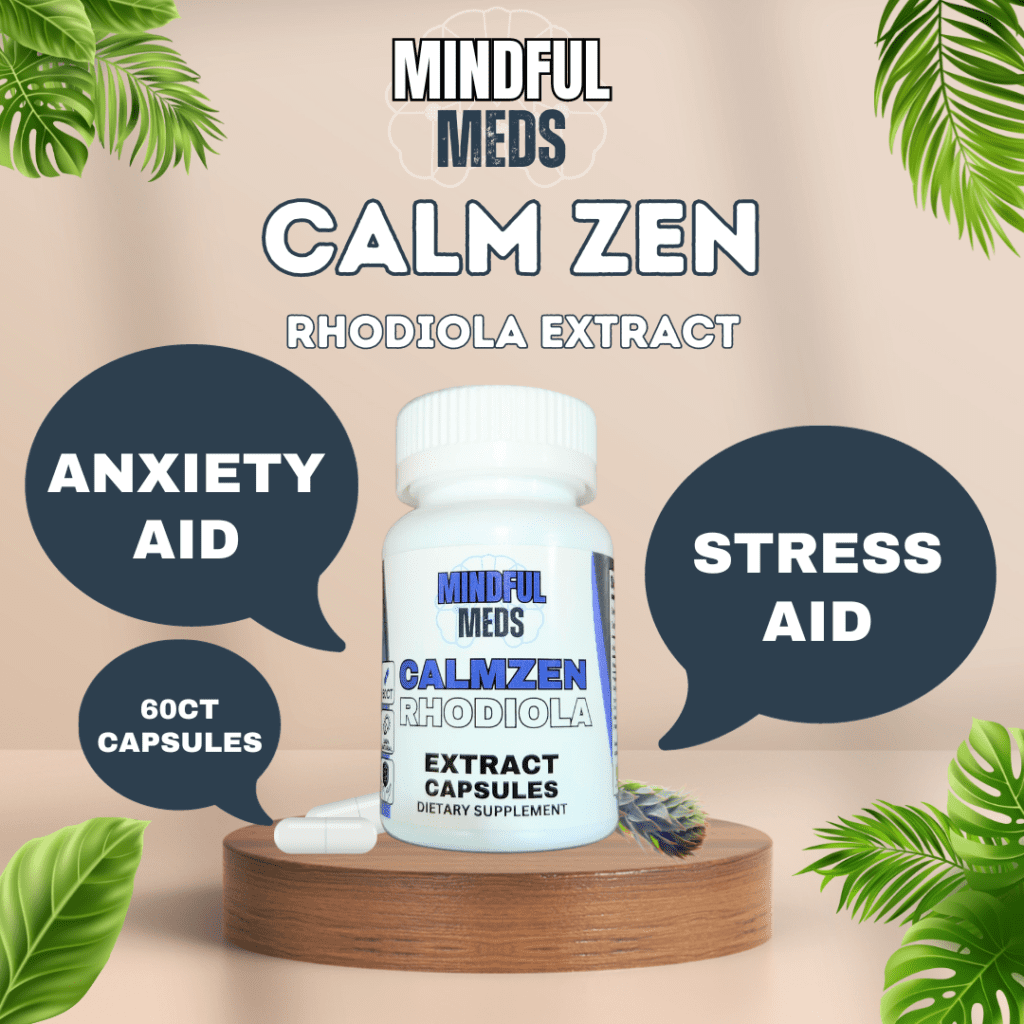
Natural vs. Synthetic Nootropics
Distinguishing between natural and synthetic nootropics involves examining the source, purity, and potential side effects of each. Comparing the advantages and disadvantages of these categories informs users about the spectrum of options available.
In the realm of daily nootropic use, the comparison between natural and synthetic compounds reveals a nuanced interplay of advantages and disadvantages. Natural nootropics, derived from plant sources, offer a perceived sense of safety and often come bundled with additional health benefits. However, they may be less potent and have variable concentrations, demanding consistent monitoring. On the other hand, synthetic nootropics provide standardized dosages and may exhibit more potent cognitive effects.
However, the potential for side effects and concerns about long-term safety can be heightened. Balancing the advantages of natural compounds, such as adaptogens like bacopa monnieri, with the precision of synthetic options like racetams requires a personalized approach, considering individual needs, preferences, and a commitment to responsible daily use.
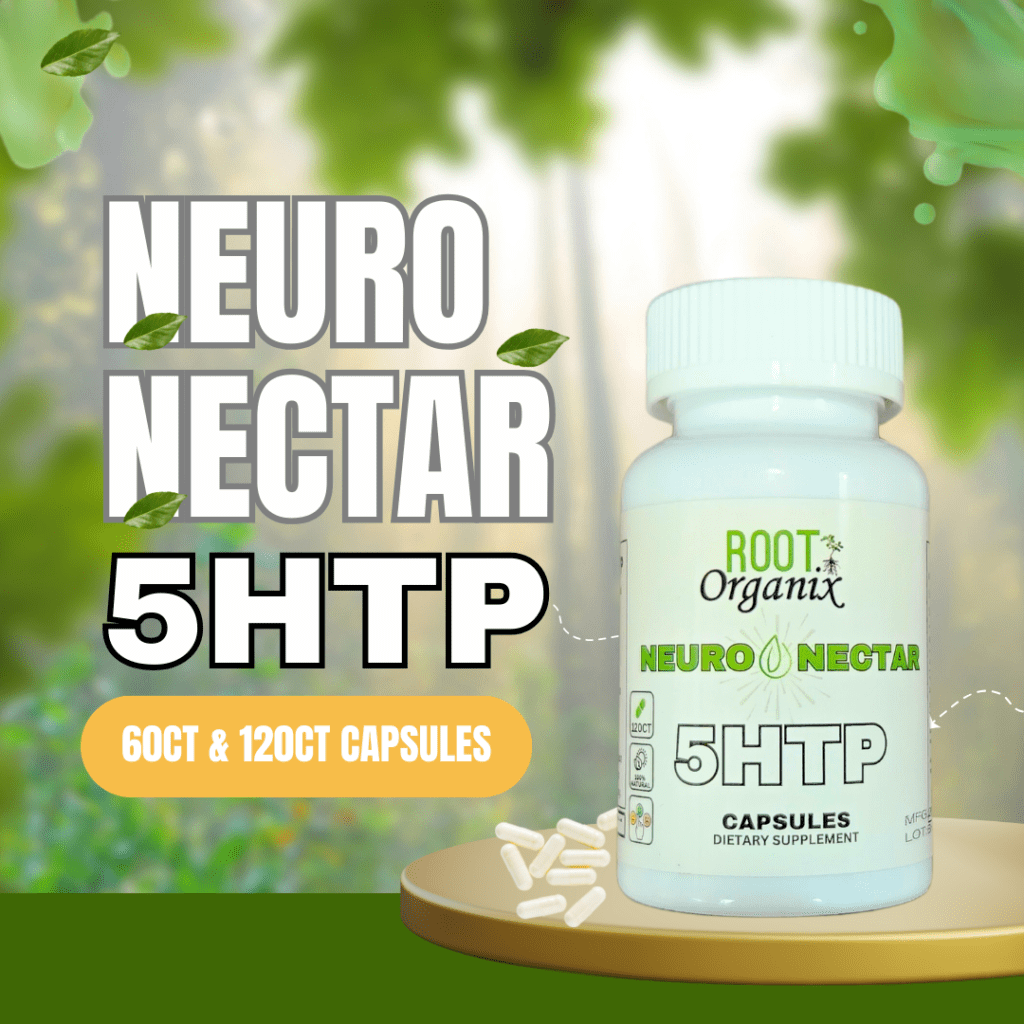
Stacking Nootropics for Synergistic Effects
The concept of “stacking” involves combining different nootropics to achieve synergistic effects. Understanding how stacking works and the potential benefits it may offer provides a nuanced approach to optimizing cognitive enhancement.
Real-Life Applications and User Experiences
Examining real-life case studies and testimonials from nootropic users sheds light on the practical applications of these substances. Exploring realistic expectations, potential challenges, and individualized experiences provides valuable insights for those considering nootropic use.
Conclusion: Navigating the Cognitive Frontier
Summarizing the multifaceted world of nootropics, this revised conclusion encourages a responsible and informed approach to cognitive enhancement. Navigating the cognitive frontier requires a nuanced understanding of individual needs, scientific principles, and ethical considerations for a well-rounded exploration.
FAQs
What are nootropics?
Are nootropics safe for consumption?
What does the National Institute for Health (NIH) say about nootropics?
Can they be legally purchased?
Related Articles:
- How Nootropics Aid Sleep: Your Guide Now
- Best Nootropics for High Performance People
- Nootropics For Weight Loss What To Know
- Brain Fog Top 5 Nootropics For Brain Health
- Top 5 Nootropics: memory And Brain Health
Meet The Author


